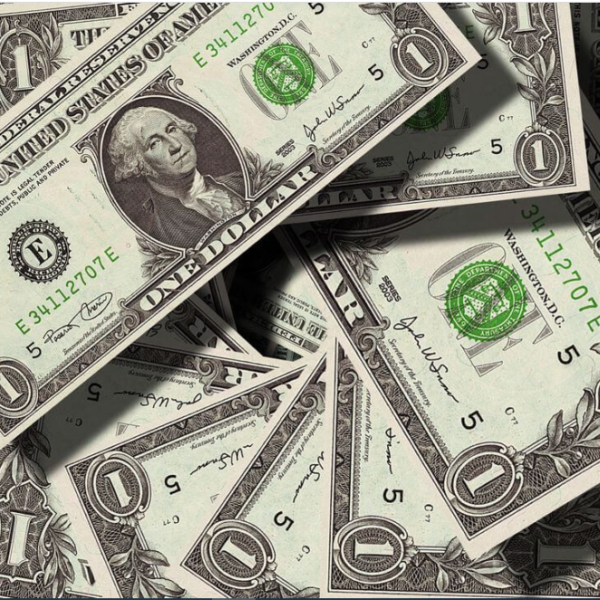The US Dollar has held onto the gains seen going into the close last week after a red-hot core US PCE print on Friday and Fed officials re-iterating their hawkishness. To recap, the core US PCE index came in at 4.7% year-on-year to the end of January on Friday against 4.3% anticipated and 4.6% previously. The markets regard this as the Fed’s preferred measure of inflation
Risk assets are generally under pressure to start the week as the market contemplates the Fed funds rate path. Twenty-five basis point hikes are now priced in for their next three meetings, and the peak in this rate cycle is now 5.4%, rather than the 4.9% anticipated last month.
Over the weekend, Fed board members Loretta Mester, James Bullard, and Susan Collins crossed the wires with hawkish comments. Treasury yields have held the higher levels seen on Friday, with the 2-year note surging above 4.8% again, the highest level in 15 years.
APAC equities are primarily in the red to varying degrees today to reflect Friday’s negative US equity performance. Futures are pointing to a steady start for the Wall Street cash session later. Currency markets have mostly had a quiet day so far, with the Aussie and Kiwi Dollars dipping to reflect the risk aversion sentiment.
The G-20 meeting has wrapped up without consensus on the communique’s wording. Russia and China objected to terminology and language around the Ukraine war. Ignazio Visco, European Central Bank (ECB) Governing Council member and Bank of Italy Governor, commented that rates would be as restrictive as necessary to deal with the inflation problem.
The firming of crude oil prices on Friday has been maintained today, with the WTI futures contract near US$ 76 bbl and the Brent contract nudging toward US$ 83 bbl. Gold appears vulnerable as it trades down toward US$ 1,800 an ounce.
Incoming Bank of Japan Governor Ueda appeared in Japan’s parliament today and said the current monetary policy stance is appropriate.

